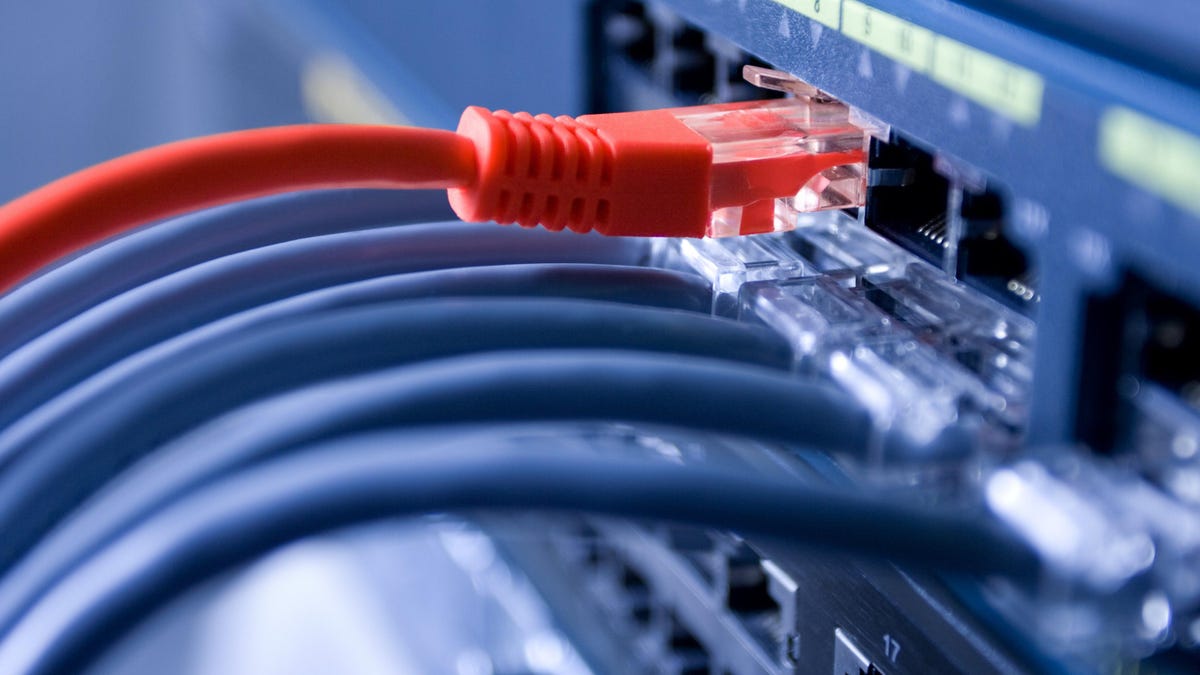How to Buy the Right Ethernet Cable

Choosing an Ethernet cable for your home network seems simple, but there’s more to it than you think, especially if you don’t know what all those different names and numbers mean. If you just go for the highest numbers, you could end up spending too much money on something you don’t really need. Luckily, with a little knowledge, you can make sure you choose the right network cable for your installation without going overboard.
First measure your internet speed
The first thing you need to do is find out exactly what speed your internet connection can handle, as different types of cables may support different maximum data transfer speeds. Of course, the easiest option is to choose the latest cable with the fastest speed, but this could mean you’re wasting money on an Ethernet cable that you won’t be able to take full advantage of.
There are several ways to monitor your Internet speed, but one of the most famous is Ookla’s Speedtest.net . This isn’t always the most accurate result, but it will give you a general idea of the download and upload speeds you can expect before spending some money on a network cable.
If you have internet speeds up to gigabit (1Gbps), then using an old Ethernet cable can cost you bandwidth and speed, essentially holding you back. However, if you have a slower connection, using a cheaper, older Ethernet cable is not a bad idea.
There is no point in buying a powerful network cable.
As with most things, the newer the technology, the higher the maximum performance will be. When using Ethernet, you can tell how new the cable is by its Category number. All old network cables (category 5 or older) should in most cases be eliminated if you have a new, faster Internet connection. This means you should look out for cables labeled Cat5e (1Gbps) and Cat 8. The latter is probably overkill for 90% of people right now, as not many internet connections deliver the maximum speeds it’s capable of. Cat 8 (about 40 Gbps). ).
For most slow connections I recommend using Cat 5e. This is not a new category, but it should provide everything you need to keep your internet connection running smoothly and smoothly without too much interference. This standard supports Gigabit Ethernet access (1 Gbps speed) at 350 MHz, which should work well in many systems.
However, if you have a faster Internet connection than Gigabit Ethernet, Cat 6 will be a better option. It supports speeds of up to 10 Gbps at 250 MHz over lengths of up to 55 meters, and if you need to maintain that speed over longer distances, you can upgrade to Cat 6a 500 MHz cables that can stretch up to 100 meters. . (Catalogue 6a is also shielded, which is good at blocking interference but makes the cable less flexible.)
You may also see some Ethernet cables labeled Cat 7 or Cat 7a. I recommend avoiding both as they rely on proprietary connectors that are not supported by most companies. If you find that you want to invest in Cat 7 or Cat 7a, but your hardware doesn’t support it (check your hardware to see what’s recommended), your best bet is to just accept the cost and go with Cat 8 instead.
Cat 8 is the latest and greatest option currently available on the market, but as noted above, there’s not much reason to switch to this particular network cable just yet. It supports a maximum frequency of 2000 MHz and speeds up to 40 Gbps over a distance of 30 meters and offers shielding to help avoid signals from crossing other wires. This is good, but for most consumer-grade systems it is almost certainly overkill.
So, which network cable should you choose?
Ultimately, the best network cable for most people will be Cat 6. Not only does it provide more than enough maximum bandwidth for most modern Internet connections, these cables are also more flexible and relatively inexpensive. Cat 5e may work well for your Internet now, but it won’t be as impressive in the future. If you really want to be future-ready, you can go with Cat 8, but it’s more expensive and you may not need that much power for a long time. And if you need to extend your network connection over longer distances—say, 45 meters or more—then Cat 6a is a better option.
(Not sure if you should still use Ethernet for your home Internet connection ? Take a look at the benefits of network cables to see if it suits your needs beyond a wireless connection.)